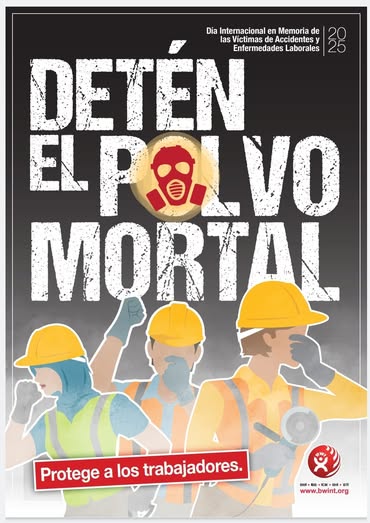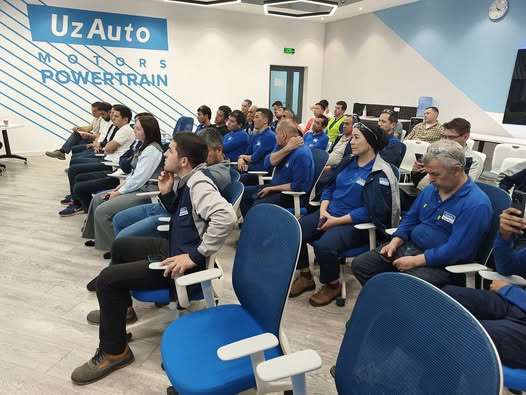Too Hot To Work – Action Call
As the planet heats up and deadly heatwaves become more frequent and deadly, protecting frontline outdoor workers is critical. Under the call “Too Hot To Work,” BWI is fighting for a greener, cleaner and safer future, demanding that all workers have the right to:
- STOP WORK when it’s too hot
- PROTECTION from heat stress
- COMPENSATION for work stoppages
Outdoor workers are already bearing the brunt of extreme heat, with 2.4 billion workers exposed to dangerous temperatures, causing 22.85 million injuries and nearly 19,000 deaths (ILO, 2024). Without urgent action, heat-related deaths could rise by an additional 250,000 per year by 2050 (WHO, 2023).
In response, BWI affiliates worldwide push year-round for safer workplaces, guaranteed worker protections, and fair compensations for heat-related work stoppages. Under the “Too Hot To Work” Campaign, BWI insists:
- Everyone deserves protection from heat stress, at the workplace and in our communities, regardless of background, gender, migration or employment status.
- We all need regulations and collective agreements in place to protect jobs, conditions, lives and livelihoods.
- Governments must recognise the dangers of extreme heat for millions of workers and implement workplace heat adaptation and social protections.
- Employers must take responsibility for heat-related hazards and risks at work, providing proper compensation, remedies and protective measures.
It is time for accountability against extreme heat. It is time to act!
Take action on International Workers’ Memorial Day (April 28th) and throughout the year:
1. Mobilise workers and communities:
- Organise discussions about heat stress with members and workplace representatives
- Launch public on social media campaigns to amplify worker voices. Download our campaign materials here!
- Build alliances across sectors to strengthen the fight against extreme heat.
- Promote a global petition demanding the right to stop work during extreme heat.
2. Negotiate agreements with employers to:
- Set maximum temperature limits that account for weather conditions and humidity levels.
- Adapt working conditions and arrangements, including scheduled workdays, during extreme heat.
- Introduce heat-related health initiatives and regular heat-risk assessments.
- Ensure additional protections, compensation and remedies for works.
3. Engage local, regional, and national authorities to:
-
- Include heat protection provisions in procurement c covering protections against extreme heat and the health risks from heat stress in bidding processes and procurement contracts.
- Ensure social protection provisions that cover workers’ income in periods of work stoppage.
- Raise ambitions on climate mitigation measures and on extreme heat adaptations and worker compensation
Share your actions and inspire others!
Share your actions with your regional climate and campaign coordinator and/or with paola.cammilli@bwint.org
Don’t forget to:
- Download the campaign materials in your language.
- Share your photos and videos on social media
- Tag:
- Instagram: @bwiglobalunion
- Facebook: @BWIGlobalUnion
- Twitter/X: @BWIglobal
- Use hashtags: #IWMD25 #TooHotToWork








